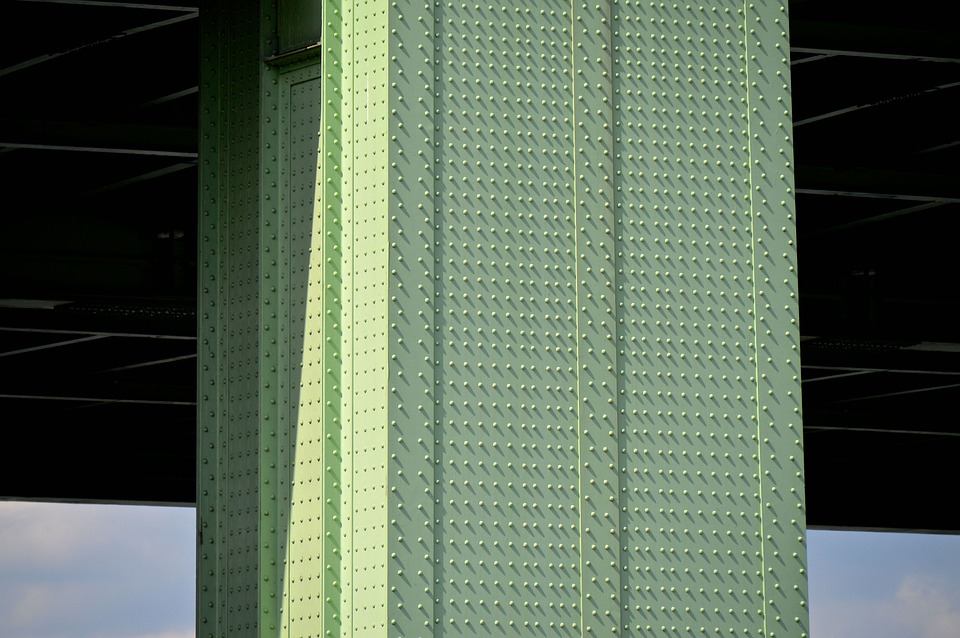Introduction
Maglev trains, short for magnetic levitation trains, are a type of train that uses magnetic levitation to glide along the tracks instead of using steel wheels and tracks for locomotion. These trains offer a faster, smoother, and more energy-efficient form of transportation compared to traditional trains. However, ensuring stability and safety in maglev trains has been a longstanding challenge. Technological advancements have played a crucial role in improving stability in maglev trains, making them a safer and more reliable mode of transportation.
Improved Control Systems
One of the key technological advancements that have improved stability in maglev trains is the development of advanced control systems. These control systems use sensors and feedback mechanisms to monitor the train’s position, speed, and other vital parameters in real-time. By constantly adjusting the magnetic fields and levitation systems, these control systems help maintain stability and prevent the train from derailing or experiencing sudden movements.
Active Suspension Systems
One of the ways in which control systems enhance stability in maglev trains is through the use of active suspension systems. These systems continuously adjust the levitation system to counteract external forces such as wind gusts, tracks irregularities, and changes in the load distribution within the train. By stabilizing the train in all conditions, active suspension systems help ensure a smooth and comfortable ride for passengers.
Automated Train Monitoring
Another important aspect of control systems in maglev trains is their ability to automate train monitoring processes. By using advanced sensors and data analytics, these systems can detect potential issues such as track misalignment, wheel wear, or anomalies in the levitation system. This proactive approach to maintenance helps prevent accidents and ensures the overall stability of the train.
Enhanced Maglev Technologies
In addition to control systems, technological advancements in maglev technologies have also played a significant role in improving stability in maglev trains. For instance, the development of superconducting magnets has enabled maglev trains to achieve higher speeds and smoother rides by reducing friction and energy losses. These magnets create a more stable levitation effect, making the train less susceptible to external disturbances.
Electromagnetic Levitation
Electromagnetic levitation is another key technology that has enhanced stability in maglev trains. By using powerful magnets and electromagnets, maglev trains can achieve levitation and propulsion without physical contact with the tracks. This eliminates the risk of derailment and provides a smoother and more stable ride for passengers. The precise control of electromagnetic fields ensures the stability of the train at all times, even at high speeds.
Linear Induction Motors
Linear induction motors are another technological innovation that has improved stability in maglev trains. These motors use electromagnetic forces to propel the train forward, eliminating the need for traditional propulsion systems such as diesel engines or electric motors. By providing a more efficient and reliable means of propulsion, linear induction motors contribute to the overall stability and performance of maglev trains.
Advanced Safety Features
Technological advancements have also led to the development of advanced safety features that enhance stability in maglev trains. For instance, the integration of collision avoidance systems, automatic braking mechanisms, and emergency communication systems has greatly reduced the risk of accidents and improved passenger safety. These safety features work in conjunction with control systems to ensure the stability and reliability of maglev trains in all situations.
Collision Avoidance Systems
Collision avoidance systems use sensors and artificial intelligence algorithms to detect potential obstacles or hazards on the tracks. These systems can automatically apply brakes or adjust the train’s speed to avoid collisions and maintain a safe distance from other trains. By enhancing situational awareness and proactive safety measures, collision avoidance systems contribute to the overall stability of maglev trains.
Emergency Communication Systems
Another important safety feature in maglev trains is the integration of emergency communication systems. These systems allow passengers and crew members to communicate with the control center in case of an emergency or breakdown. By providing real-time information and assistance, emergency communication systems help ensure a quick response to any unforeseen events and maintain the stability of the train.
Conclusion
In conclusion, technological advancements have significantly improved stability in maglev trains by enhancing control systems, developing advanced maglev technologies, and implementing advanced safety features. These advancements have made maglev trains a safer, more reliable, and more efficient mode of transportation, offering numerous benefits to passengers and operators alike. As technology continues to evolve, we can expect further improvements in stability and performance in maglev trains, making them an even more attractive option for future transportation systems.

Leave a Reply